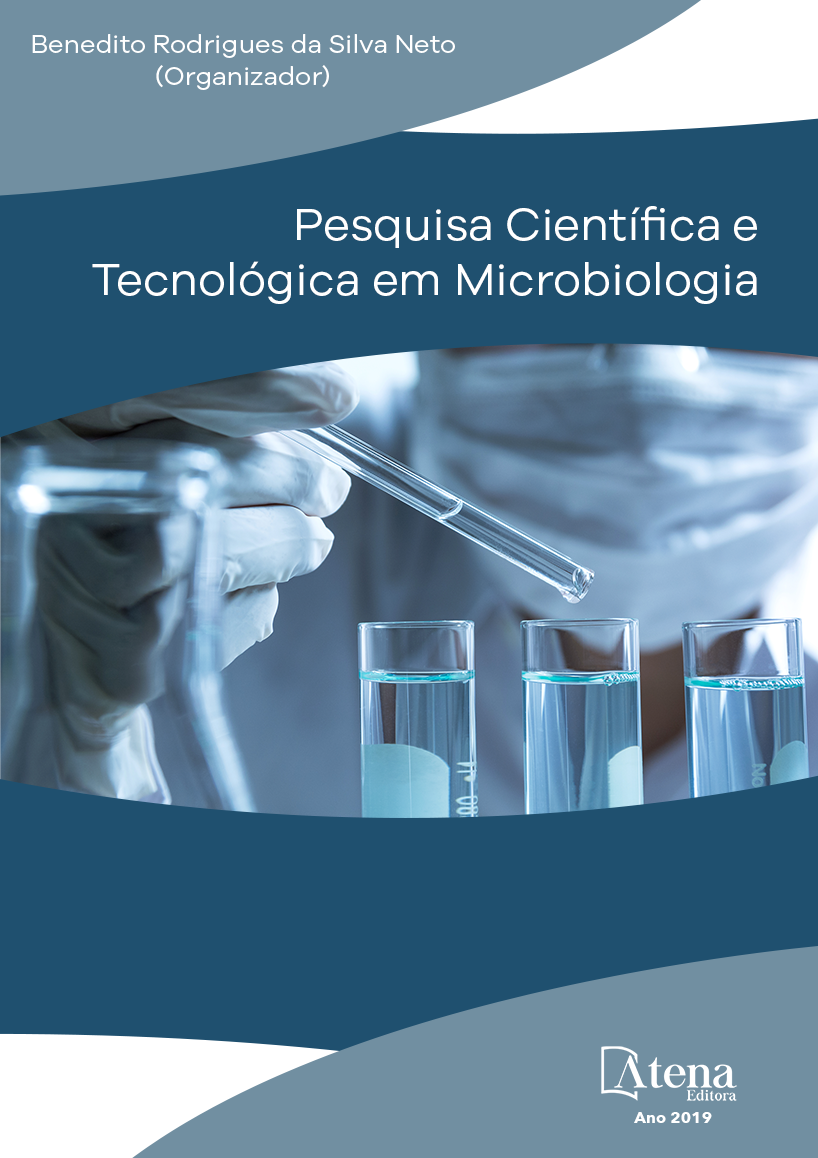
A Diversidade da classificação de RNAs não-codificadores em bactérias
Os genes codificadores de RNAs
com função regulatória conhecidos como RNAs
curtos (small RNAs ou sRNAs) ou sRNAs não
codificadores (non-coding RNAs ou ncRNAs),
modulam respostas fisiológicas através de
diferentes mecanismos, através de interação
RNA-RNA ou interação RNA-proteína. Essas
moléculas são transcritas in trans e in cis em
relação ao RNA alvo. Estão localizados entre
as regiões codificadoras de proteínas, ou
seja, nas regiões intergênicas do genoma e
apresentam sinais de promotores e sequências
terminadoras geralmente Rho- independente.
O tamanho dos genes de ncRNAs varia entre
~50 até ~500 nucleotídeos e vários transcritos
são processados por RNase com produtos
finais menores, que modulam respostas
fisiológicas através de diferentes mecanismos,
pela interação RNA-RNA ou interações
RNA-proteína e algumas interações podem
ser estabilizadas pela chaperona Hfq. Os
Riboswitches constituem outra classe ncRNAs,
localizados na região 5’UTR de um mRNA que
promovem a regulação transcricional através
de sua interação com uma molécula ligante.
A Diversidade da classificação de RNAs não-codificadores em bactérias
-
DOI: 10.22533/at.ed.72719111117
-
Palavras-chave: ncRNA, cis-encoded ncRNA, trans-encoded ncRNA, riboswitch.
-
Keywords: ncRNA, cis-encodedncRNA, trans-encodedncRNA, riboswitch, CRISPR.
-
Abstract:
The genes that encode regulatory
RNAs in prokaryotes - known as short RNAs
(sRNAs) or non-coding sRNAs (ncRNAs).
These molecules are transcribed in trans and
in cis relative to the targeted RNA. They are
located within the protein coding regions, in
the intergenic regions of the genome and show
signs of promoter and terminator sequences
that are generally Rho-independent. The size
of the ncRNA genes ranges from ~ 50 to ~
500 nucleotides and several transcripts are
processed by RNase with smaller end- products.
These modulate the physiological responses
through different mechanisms, either by RNARNA or RNA-protein interactions, and some of
the interactions can be stabilized by the Hfq
chaperone. The Riboswitches constitute another
class of ncRNAs, that are located in the 5’UTR
region of an mRNA and induce transcriptional
regulation through their molecular interactions
with linkers. CRISPR (Clustered Regularly
Interspaced Short Palindromic Repeats) regions
have been recently described in prokaryotes,
which are based on repeated palindromic
sequences. Each replicate consists of small segments of “spacer DNA” taken from
exposures prior to the isolation of a bacteriophage virus or exogenous plasmid. CRISPR
can be defined as an immune system of resistance to exogenous molecules.
-
Número de páginas: 15
- Amanda Carvalho Garcia


